Regions of Paraguay, a landlocked country in South America, is known for its unique blend of indigenous and European cultures, diverse landscapes, and historical significance. The country is divided into 18 departments, each with its own distinctive features and contributions to Paraguay’s cultural tapestry. In this comprehensive overview, we will explore the provinces, their capitals, and the special characteristics that make Paraguay a fascinating and dynamic nation.
1. Alto Paraguay
Capital Fuerte Olimpo
Highlights
– Defensores del Chaco National Park A vast wilderness area with diverse ecosystems and wildlife.
– Río Pilcomayo A river that forms part of the natural border with Argentina, offering opportunities for wildlife observation.
2. Alto Paraná
Capital Ciudad del Este
Highlights
– Itaipu Dam One of the world’s largest hydroelectric dams, shared with Brazil, providing a significant portion of Paraguay’s electricity.
– Saltos del Monday A picturesque waterfall located near Presidente Franco, attracting visitors with its natural beauty.
3. Amambay
Capital Pedro Juan Caballero
Highlights
– Cerro Corá National Park A protected area with diverse flora and fauna, as well as historical significance related to the Paraguayan War.
– Lake Ypacaraí A popular lake for recreation, surrounded by charming towns and landscapes.
4. Boquerón
Capital Filadelfia
Highlights
– Mariscal Estigarribia A town known for its role in the Chaco War, with historical sites and monuments.
– Defensores del Chaco National Park Extending into Boquerón, this park offers pristine natural landscapes.
5. Caaguazú
Capital Coronel Oviedo
Highlights
– Reserva Natural Mbatovi A nature reserve with hiking trails and panoramic views of the surrounding hills.
– San Bernardino A resort town on the shores of Lake Ypacaraí, offering water activities and a lively atmosphere.
6. Caazapá
Capital Caazapá
Highlights
– Yaguarón A town with a historic Jesuit mission and a colonial church, declared a UNESCO World Heritage site.
– Cerro León A hill with hiking trails and scenic views of the surrounding landscapes.
7. Central
Capital Areguá
Highlights
– Areguá Known for its pottery and ceramic crafts, Areguá is a picturesque town on the shores of Lake Ypacaraí.
– Ypacaraí A town with a historic Jesuit mission and a colonial church, declared a UNESCO World Heritage site.
8. Concepción
Capital Concepción
Highlights
– San Lázaro A Jesuit mission with well-preserved ruins, showcasing the region’s colonial history.
– Río Paraguay The department is traversed by the Paraguay River, offering opportunities for river excursions and water activities.
9. Cordillera
Capital Caacupé
Highlights
– Basilica of Our Lady of Caacupé A major religious site, hosting the annual pilgrimage to the Virgin of Caacupé, Paraguay’s patron saint.
– Altos Known for its agricultural production, Altos is a town with a vibrant market and traditional crafts.
10. Guairá
Capital Villarrica
Highlights
– Salto Suizo A scenic waterfall in the Mbaracayú Forest Reserve, surrounded by lush vegetation.
– Ybycuí National Park A protected area with diverse ecosystems, waterfalls, and hiking trails.
11. Itapúa
Capital Encarnación
Highlights
– Jesús de Tavarangue A Jesuit mission with well-preserved ruins, declared a UNESCO World Heritage site.
– Trinidad A historic town with colonial architecture, including the Church of the Holy Trinity.
12. Misiones
Capital San Juan Bautista
Highlights
– San Cosme y Damián A town with a historic Jesuit mission and a colonial church, declared a UNESCO World Heritage site.
– San Ignacio Guazú Known for its colonial architecture and historical sites.
13. Ñeembucú
Capital Pilar
Highlights
– Humaitá A town with historical significance related to the Paraguayan War, featuring monuments and museums.
– Ñeembucú The department’s namesake, it offers a mix of historical sites and natural landscapes.
14. Paraguarí
Capital Paraguarí
Highlights
– Cerro Pero A hill with hiking trails and panoramic views of the Paraguarí Valley.
– La Rosada A historical site where the Paraguayan army set up its headquarters during the Battle of Paraguarí.
15. Presidente Hayes
Capital Villa Hayes
Highlights
– Chaco Boreal A vast region with unique flora and fauna, providing opportunities for nature enthusiasts.
– Fortín Boquerón A historic site from the Chaco War, featuring well-preserved trenches and monuments.
16. San Pedro
Capital San Pedro del Ycuamandiyú
Highlights
– Yguazú National Park A protected area with diverse ecosystems, including the Cerro León mountain.
– San Estanislao A town with colonial architecture and a historic church.
17. San Pedro del Paraná
Capital San Pedro del Paraná
Highlights
– San Cosme y Damián A town with a historic Jesuit mission and a colonial church, declared a UNESCO World Heritage site.
– Itapúa Poty A village known for its traditional crafts and artisanal products.
18. Ñeembucú
Capital Pilar
Highlights
– Humaitá A town with historical significance related to the Paraguayan War, featuring monuments and museums.
– Ñeembucú The department’s namesake, it offers a mix of historical sites and natural landscapes.
Overview of Provinces and Capitals:
1. Alto Paraguay
Alto Paraguay, with its capital Fuerte Olimpo, is a sparsely populated region characterized by vast wilderness areas. Defensores del Chaco National Park, a sprawling reserve, is home to diverse wildlife and offers opportunities for nature enthusiasts and adventure seekers.
2. Alto Paraná
Alto Paraná, with Ciudad del Este as its capital, is a dynamic region known for the impressive Itaipu Dam, one of the world’s largest hydroelectric projects. Ciudad del Este is a bustling city near the borders of Brazil and Argentina, known for its commercial activity
and proximity to the iconic Iguazu Falls.
3. Amambay
Amambay, with Pedro Juan Caballero as its capital, features a mix of historical and natural attractions. Cerro Corá National Park, with its historical significance related to the Paraguayan War, attracts history enthusiasts and nature lovers alike.
4. Boquerón
Boquerón, with Filadelfia as its capital, is part of the Chaco region known for its unique landscapes. Mariscal Estigarribia, a town within Boquerón, holds historical significance related to the Chaco War. Defensores del Chaco National Park extends into Boquerón, preserving the region’s pristine natural environments.
5. Caaguazú
Caaguazú, with Coronel Oviedo as its capital, is a department offering a mix of nature and culture. Reserva Natural Mbatovi provides hiking trails and panoramic views, while San Bernardino on the shores of Lake Ypacaraí offers recreational activities and a relaxing atmosphere.
6. Caazapá
Caazapá, with its capital of the same name, is known for its historical and natural attractions. Yaguarón, a town within the department, is recognized for its UNESCO World Heritage-listed Jesuit mission and colonial church.
7. Central
Central, with Areguá as its capital, is a department with a focus on traditional crafts and natural beauty. Areguá, on the shores of Lake Ypacaraí, is renowned for its pottery and ceramics. Ypacaraí, another town in Central, shares historical significance with its Jesuit mission.
8. Concepción
Concepción, with its capital of the same name, is a department with a rich colonial history. San Lázaro, a Jesuit mission within Concepción, features well-preserved ruins, providing insights into the region’s past. The Paraguay River traverses the department, offering opportunities for river excursions.
9. Cordillera
Cordillera, with Caacupé as its capital, is a department with religious significance. The Basilica of Our Lady of Caacupé is a major pilgrimage site, attracting visitors from across the country. Altos, known for its agriculture, is a vibrant town with a lively market.
10. Guairá
Guairá, with Villarrica as its capital, is known for its natural wonders. Salto Suizo, a picturesque waterfall, and Ybycuí National Park, with its diverse ecosystems, are key attractions. The department offers a balance of outdoor activities and scenic landscapes.
11. Itapúa
Itapúa, with Encarnación as its capital, is a department with historical and cultural significance. Jesús de Tavarangue, a Jesuit mission within Itapúa, features well-preserved ruins. Trinidad, a historic town, showcases colonial architecture, including the Church of the Holy Trinity.
12. Misiones
Misiones, with San Juan Bautista as its capital, is a department known for its Jesuit missions and historical sites. San Cosme y Damián and San Ignacio Guazú are towns with well-preserved ruins, providing a glimpse into the colonial past.
13. Ñeembucú
Ñeembucú, with Pilar as its capital, is a department with a mix of history and natural landscapes. Humaitá, a town with historical significance related to the Paraguayan War, features monuments and museums.
14. Paraguarí
Paraguarí, with its capital of the same name, is a department with a focus on historical and natural attractions. Cerro Pero, a hill with panoramic views, and La Rosada, a historical site from the Battle of Paraguarí, are key highlights.
15. Presidente Hayes
Presidente Hayes, with Villa Hayes as its capital, is a department with unique natural features. The Chaco Boreal, a vast region with distinctive flora and fauna, attracts nature enthusiasts. Fortín Boquerón, a historic site from the Chaco War, offers insights into the region’s past.
16. San Pedro
San Pedro, with San Pedro del Ycuamandiyú as its capital, is a department with diverse landscapes. Yguazú National Park, a protected area with diverse ecosystems, showcases the Cerro León mountain. San Estanislao, a town within the department, features colonial architecture and a historic church.
17. San Pedro del Paraná
San Pedro del Paraná, with its capital of the same name, is a department with historical and cultural attractions. San Cosme y Damián, a town within the department, features well-preserved Jesuit mission ruins.
18. Ñeembucú
Ñeembucú, with Pilar as its capital, is a department with a mix of history and natural landscapes. Humaitá, a town with historical significance related to the Paraguayan War, features monuments and museums.
Conclusion:
Paraguay’s 18 departments and their capitals collectively contribute to the country’s rich cultural heritage, historical narrative, and natural diversity. From the impressive Itaipu Dam in Alto Paraná to the UNESCO World Heritage-listed Jesuit missions in Itapúa, and from the vast wilderness of Alto Paraguay to the bustling Ciudad del Este near the borders, each region offers a unique perspective on Paraguay’s identity.
As Paraguay continues to celebrate its cultural diversity, preserve its historical sites, and embrace its natural beauty, the departments and their capitals play a crucial role in shaping the nation’s story. Whether exploring the Jesuit ruins, enjoying the recreational opportunities around Lake Ypacaraí, or experiencing the tranquility of the Chaco Boreal, Paraguay invites travelers on a journey of discovery and appreciation for its cultural tapestry and diverse landscapes.


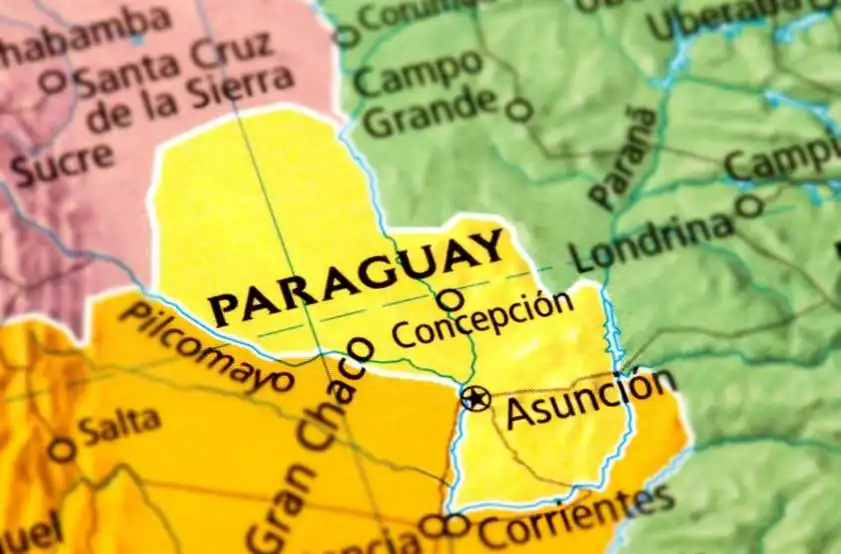
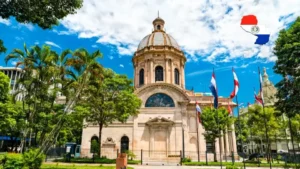
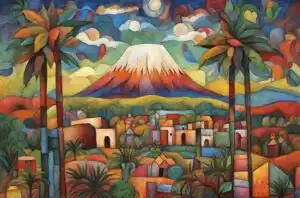
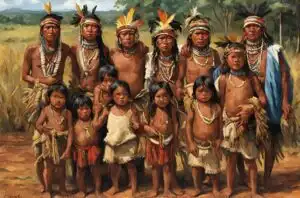
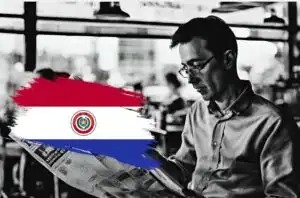

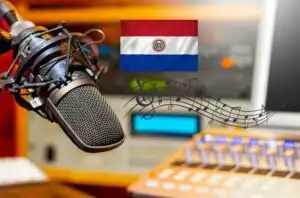
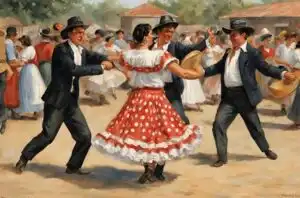
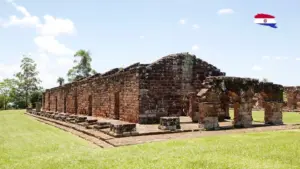
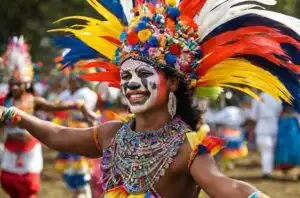
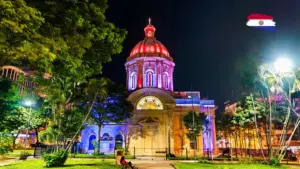
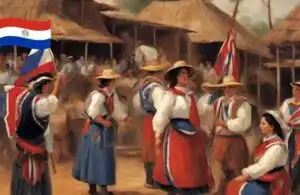


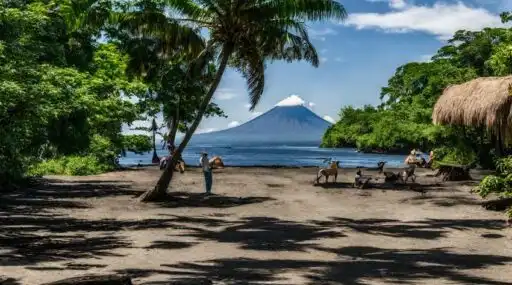
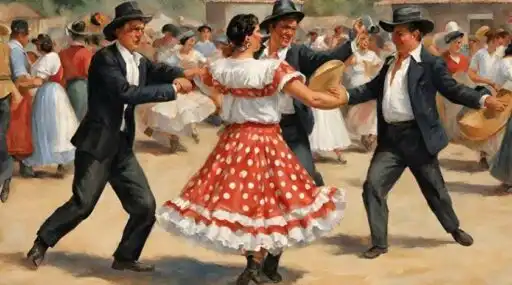
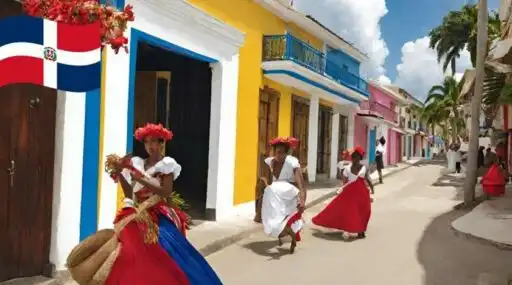
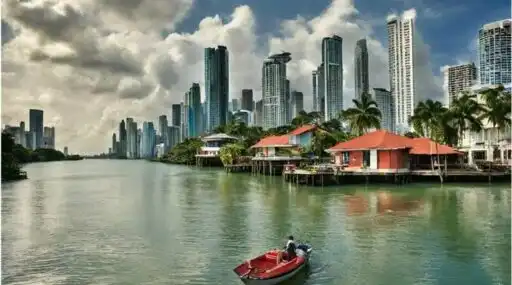

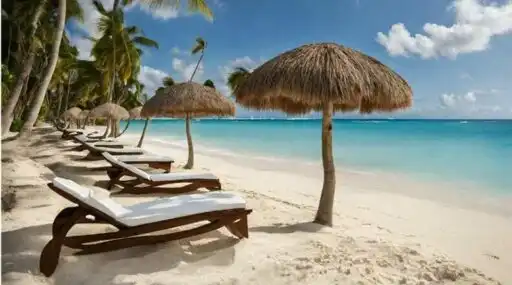
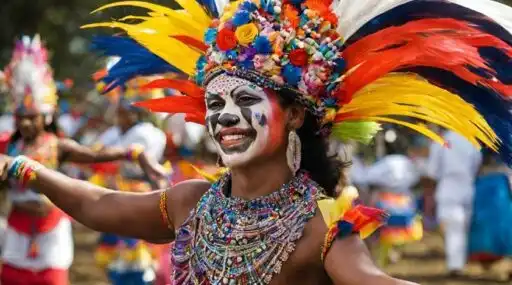
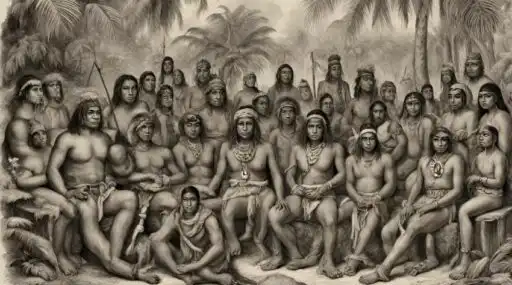
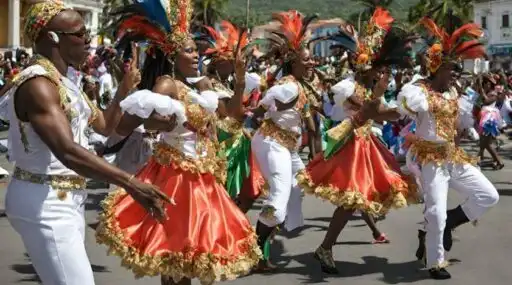
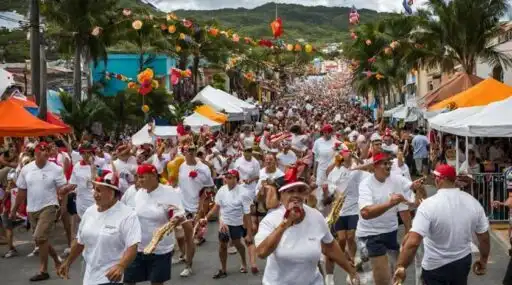


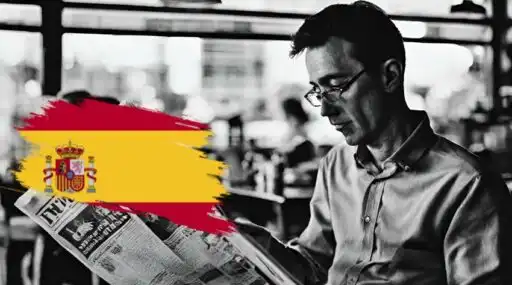
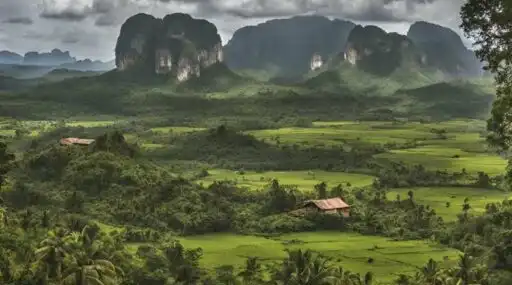

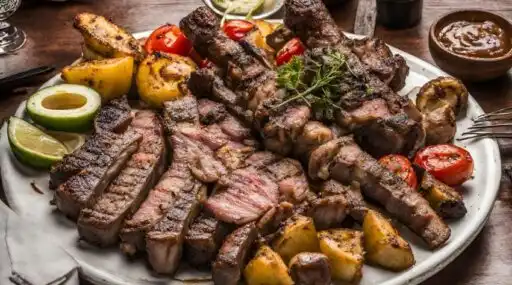
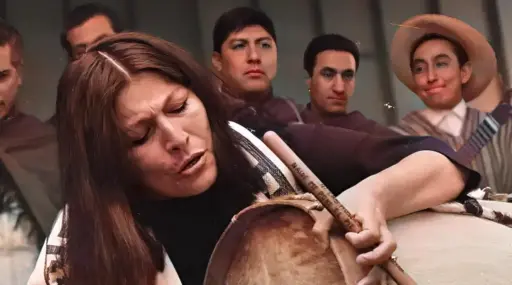


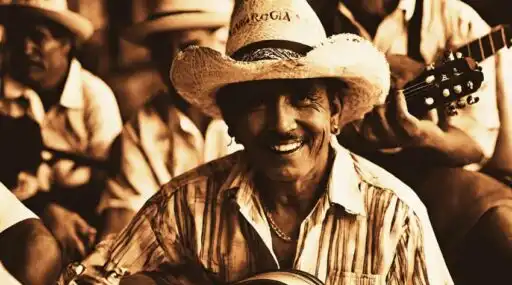


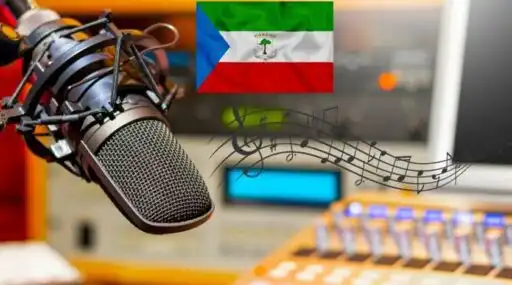

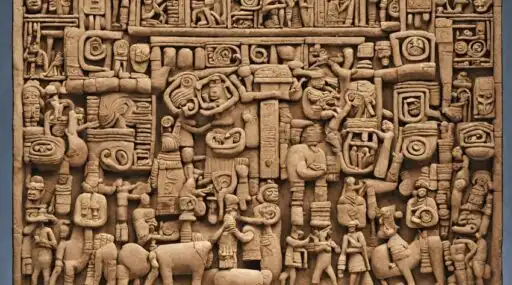
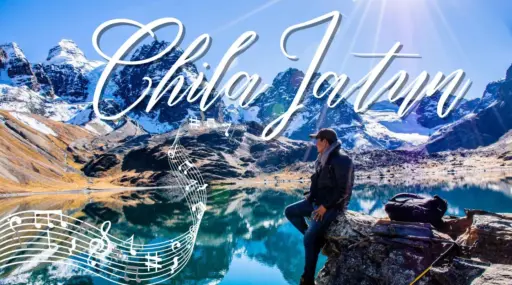
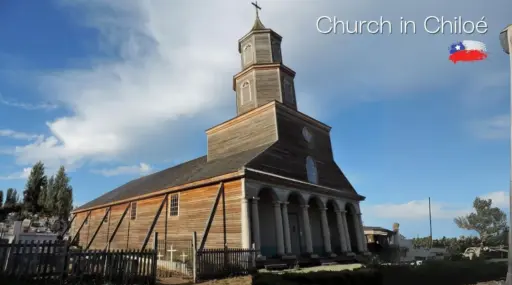

Leave a Reply